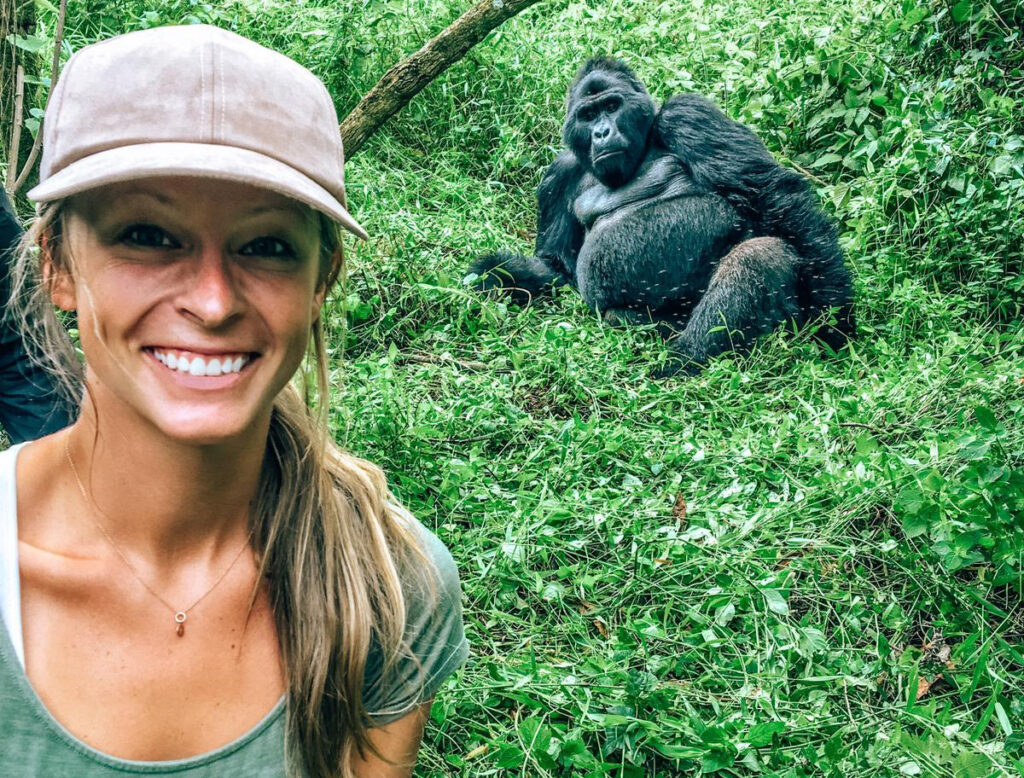
Over the last 27 years, the Buutu Safaris team has trekked mountain gorillas with hundreds of our guests. We have seen 13 gorilla families in Rwanda and Uganda. What remains constant is our failure to find the right words to describe a gorilla trekking experience. We will however give it another try here.
Mountain gorilla trekking is a once in a lifetime experience. Gorilla trekking remains one of the most popular and unique wildlife activities in East Africa. It is a hiking activity that allows trekkers to come up close and personal with a family of mountain gorillas in their natural mountain tropical rainforest habitat.
The mountain gorilla (Gorilla beringei) is one of two subspecies of the eastern gorilla. It is listed as Endangered on the IUCN Red List, as the total population is estimated to comprise about 1,060 individuals as of 2021 following the COVID-19 lockdown birth boom.
Gorillas are part of the ‘great apes’ family of primates and are known for their beauty, high intelligence, social structures, and they display uncanny similarities to humans. Gorillas have been observed using tools like other great apes, and can communicate using a variety of vocal sounds.
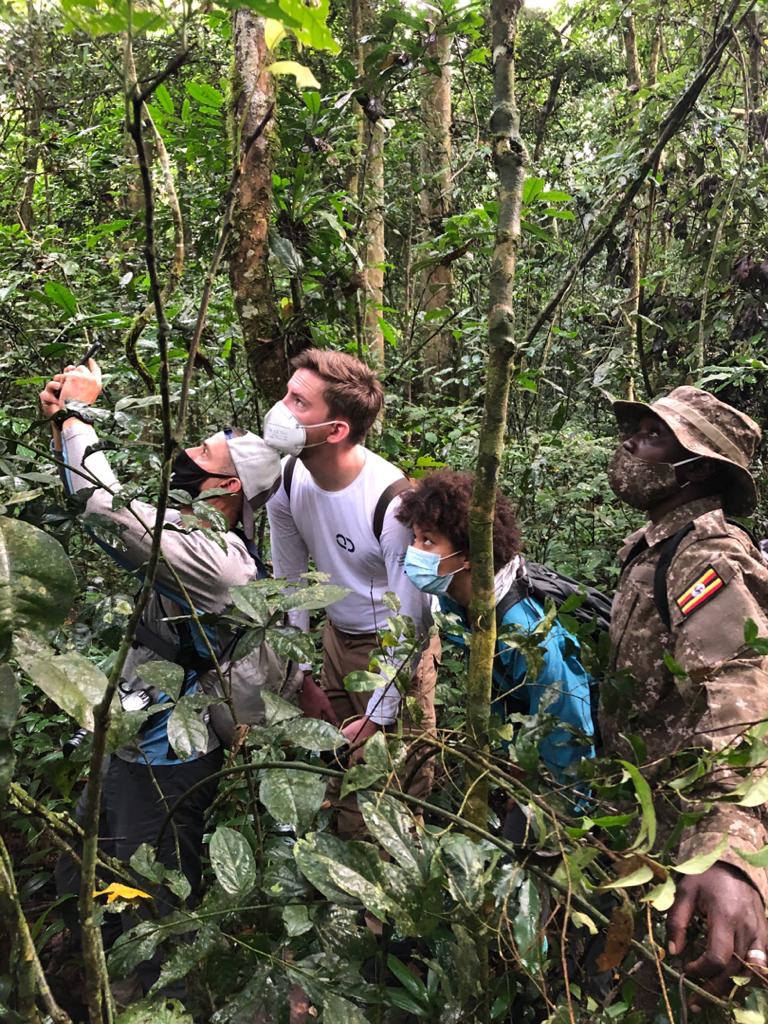
Whether you chose to do it in Uganda or Rwanda or DR. Congo, gorilla trekking in the western jungles of East Africa is an incredibly fun and unique experience that cannot be replicated anywhere else in the world. Gorilla trekking is for us the number one safari experience in Africa.
On the morning of the hike, trekkers head to the park office of their chosen national park for a briefing that starts at 800am. The rangers then spell out the “do’s” and “don’ts” of the trekking experience. After the briefing, the park office assigns a gorilla family to each group of trekkers, with each gorilla family being assigned up to 8 trekkers. Trekkers are given the chance to hire porters to help carry their gear and to support trekkers up and down the steep slopes during the trek. We always encourage trekkers to hire porters not just for support during the hike, but also to support livelihoods in the communities around the national park Mountains by providing much-needed income to marginalized youths. Trekkers are also provided with hiking sticks. Thereafter, it is time to start the trek deep into the mountains in search of the gorilla family.
The armed rangers lead the group into the forest with one ranger at the front of the column and the second ranger at the back. The rangers guide the trekkers up and down the narrow trails into the magnificent high altitude tropical forest. The morning hike is a memorable experience in and of itself. The hike normally starts as the morning mist rises up from the forest floor. And on a sunny day, the early morning sun rays pierce through the forest canopy and the rising mist, making for a picturesque scene like no other. This is all made better with the soundtrack of forest sounds and countless birdsongs that filter through the forest.
As trekkers make their way through the dense forest, the rangers will show them the ancient forest trees and the unique vegetation in this montane forest. Trekkers are also encouraged to look out for the other wildlife treasures that the region has on offer. There are forest elephants in some of the parts of the parks but it is extremely rare to see one. However, the footprints of these giants are ubiquitous throughout some parts, providing a good reminder of how capable these elephant giants are in a most unlikely steep terrain. The region has several other amazing mammals such as antelopes, chimpanzees, golden monkeys, red tail monkeys, black and white colobus monkeys, among others, that share the mountain forest habitat with the gorillas. The region is also one of the richest birding areas in the world with over 350 species in Bwindi National park and 295 species in Volcanoes national park. Watch out for endemic bird species in Bwindi and Mgahinga such as the Handsome Francolin, the Rwenzori Turaco and African Green Broadbill. In Volcanoes National Park, look out for the Laden’s Bush-Shike together with 16 more endemic bird species. Trekkers can find over 200 species of butterflies in the region.
Gorilla trekking typically takes between 2- 7 hours and can be a challenging task for the inexperienced trekker. It is imperative that trekkers are in good physical condition before embarking on the trails. The terrain is composed of sleep slopes and dense forest at high altitudes. Trekkers will hike at elevations of 1,500–4,000 meters (the same height a skydiver jumps out of a plane!).
Expect to wade through shallow streams and rivers during your hike. The hike gets a lot more challenging if there is heavy rain on the day of the hike and trekkers are advised to always go prepared for rain. The forest floor can get muddy and slippery so good hiking boots are a must. Our longest hike was in the southern section where we spent 7 hours trekking the Mucungunzi family of gorillas in the Rushaga sector of Bwindi NP. Some gorilla families can be found closer to the starting point but there is never a guarantee that the trek will be a short trek. Our shortest hike was a 20 minute hike in search of the Rushegura family in Buhoma in 2013 but there is never a guarantee the trek will be short.
In spite of the challenges, the experience of meeting the gorilla family after a long hike is well worth the tiring hike. Once found, the sight of the magnificent mountain gorillas is worth every ounce of energy expended. The gorillas are normally found feeding or resting or on the odd occasion, moving. The gorilla family is typically composed of about a dozen members, though there are families with over two dozen members. Each family is headed by a ‘silverback’ gorilla who is the alpha-male and head of the family and is tasked with protecting the family from predators, other gorillas, and any other threats. Other members include several female gorillas, infants and ‘blackbacks’ (young silverbacks). Some families will have 2 silverbacks as gorillas are known to look after the older members.
Once in the presence of the gorillas, trekkers will quietly observe these magnificent primates as they eat, groom each other and play in the forest. Trekkers are allowed to spend a maximum of one hour observing the gorilla family. This is the time for taking photos, though flash photography is strictly forbidden, which makes gorilla photography one of the most challenging wildlife photography. Trekkers are always told to keep a distance of at least 10 meters from the gorillas. This is because gorillas share 98% of their DNA with humans so human presence presents a deadly threat of communicable diseases to the gorillas. Also, the silverback gorilla is very protective and won’t hesitate to physically attack any perceived threats to its family.
There is no guarantee that the gorillas will stay in one place once you meet them. Sometimes the gorilla family will keep moving deeper into the forest to forage or as they look after the young babies. Trekkers might end up seeing the gorillas on the move.
Our experience trekking mountain gorillas over the last 27 years has taught us that it is preferable to trek large families with juvenile and infant gorillas. From our trekking encounters, trekking families with more gorillas and with more juvenile and infant gorillas is always preferable. This means that this family is not constantly on the move and takes long breaks in the forest. Therefore trekkers will have more time to watch the gorillas. The younger gorillas are also more playful and tend to put on a show upon the arrival of gorilla trekkers. Juvenile gorillas have been known to somersault, play fight with each other and even pull at guests in curiosity. Watching the juvenile and infant gorillas as they play about in the forest is a memorable experience.
Once the allotted time with the gorillas has elapsed, gorilla trekkers follow the original trail back to the national park office for a debriefing session. Trekkers then receive a gorilla trekking certificate indicating the trekker’s name, gorilla family tracked, and the section of the park hiked.
Mountain gorilla trekking can only be done in one place in the world in a region encompassing three countries: Uganda, Rwanda, and the Democratic Republic of Congo, where these primates exist in their natural habitat of dense high altitude tropical forests.There are two major gorilla populations available for trekking. One population lives in Bwindi Impenetrable Forest National Park (a UNESCO World Heritage site) located in southwestern Uganda. The other gorilla population lives in the Virunga Mountain range in three adjacent national parks: Uganda’s Mgahinga Gorilla National Park, Rwanda’s Volcanoes National Park, and Virunga National Park in the Democratic Republic of Congo.
These national parks are the last surviving natural habitat for mountain gorillas. Mountain gorillas do not survive in captivity and need their expansive forests for survival. They were on the brink of extinction in early 1990s but the commendable efforts of governments and conservation bodies has seen their numbers increase from 400 to 1,060. This has been done through gorilla trekking tourism, and the conservation of mountain gorillas remains one of the successful efforts of conservation in Africa.
Trekkers have the opportunity to go gorilla trekking in all three countries. However, Uganda and Rwanda remain the most popular destinations for gorilla trekking primarily due to ease of access, political stability and the fact that the Democratic Republic of Congo has persistent security challenges.
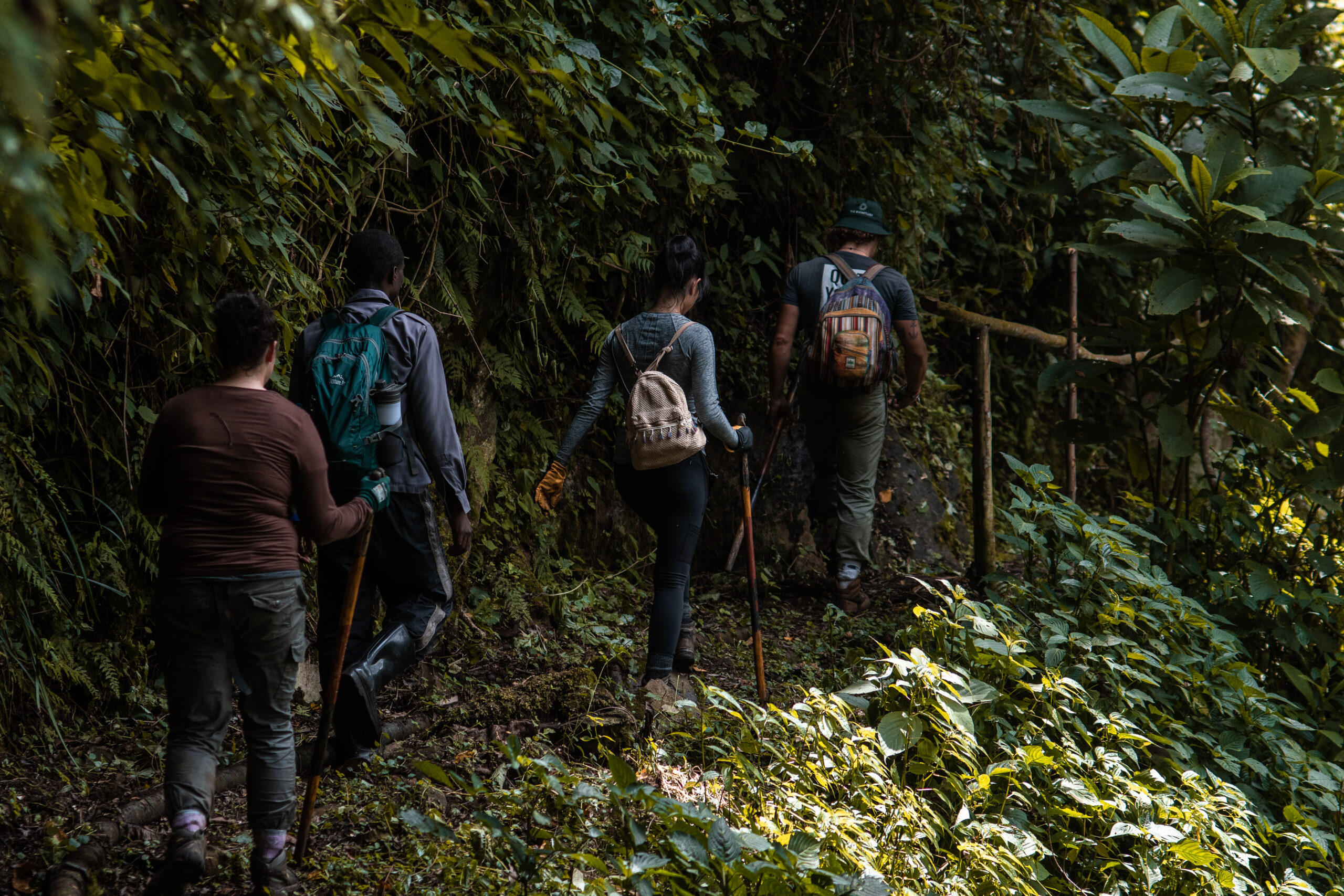
Before you travel to any national park to see the gorillas, you must buy a ‘gorilla permit’. The permit grants you access to the national park for one day. In each country the number of people allowed to trek gorillas is limited. For instance, in Uganda, each of the four sectors of Bwindi national park are allowed only 40 people per day. This is done to ensure that the natural forest habitat of the mountain gorillas is preserved in pristine condition. It also ensures that the gorillas are not stressed from constant human interactions throughout the day.
The cost per person of trekking gorillas varies by country:
Uganda: $700
Grants you access to any one of the four sectors of Bwindi Impenetrable National Forest: Rushaga, Nkuringo, Buhoma, and Ruhija, OR Mgahinga Gorilla National Park.
Each permit you buy is valid for only one sector of the park and is not transferable to other sectors or parks in the region. For example, the permit you buy to trek in the Rushaga will not be accepted in Buhoma.
Rwanda: $1500
Grants you access to the only gorilla national park in Rwanda: Volcanoes National Park.
This is by far the most expensive option in the region.
The Democratic Republic of Congo: $600
Grants you access to the Virunga National Park. Congo offers a cheaper trekking permit alternative to Rwanda and Uganda.
The permit fee does not include food, accommodation and transport costs. Buutu Safaris offers trekkers several Uganda gorilla trekking options that are inclusive of the permits, accommodation, and transportation, to save trekkers hassle making their own arrangements. Besides Uganda gorilla tours, there are also options for gorilla tours to Rwanda.
Gorilla trekking is one of the tourism platforms that has led to conservation of gorillas by creating employment for Ugandans, Rwandans and Congolese. The income generating ability of this creative approach is at the center of economic development in the gorilla highlands and is the key factor behind the success of gorilla conservation.
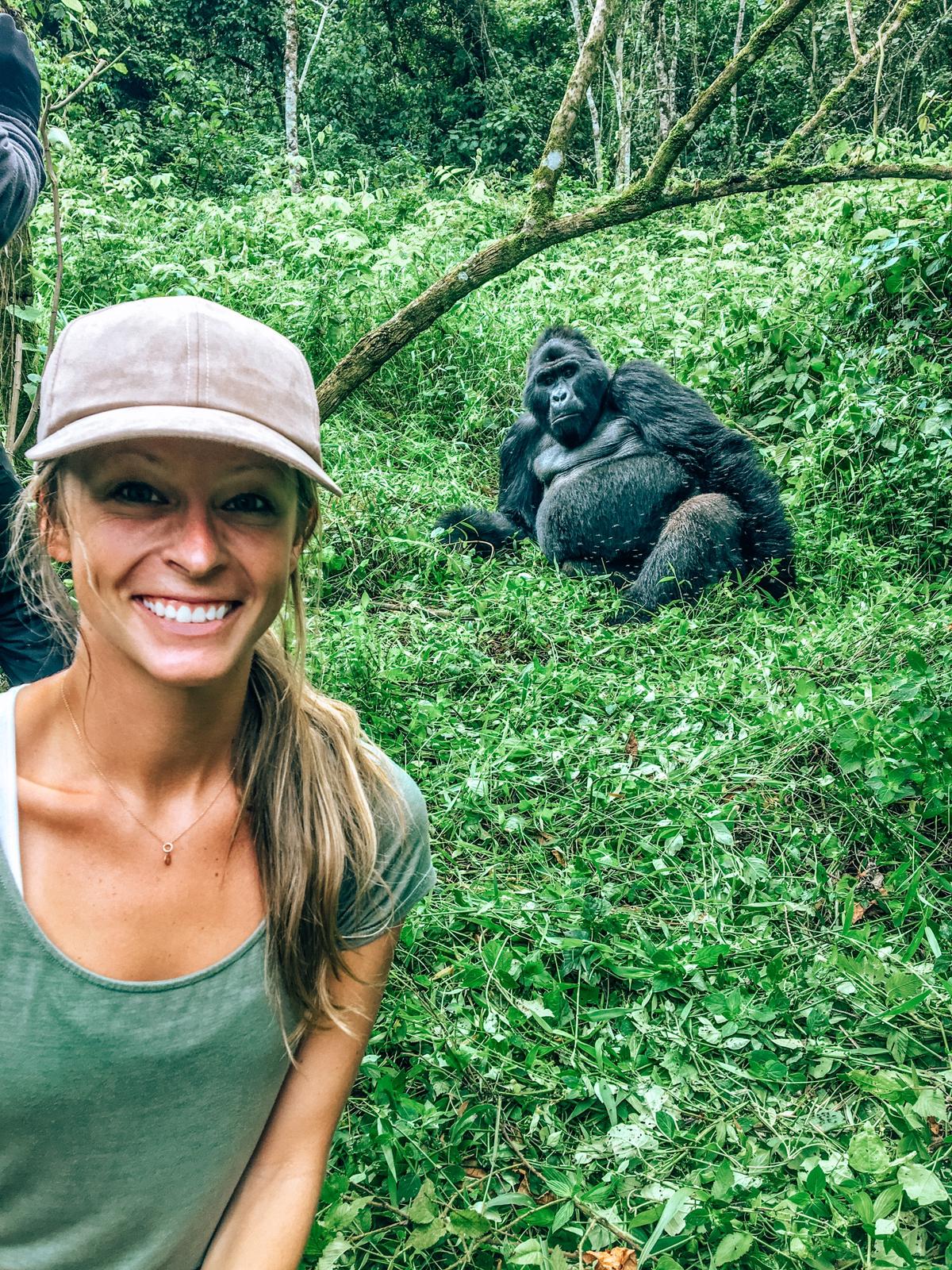
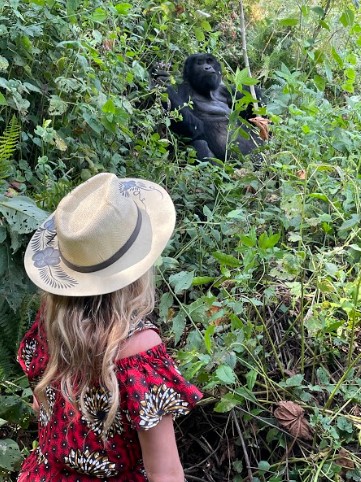
We excel at creating unique gorilla trekking and big game encounters in the African wilderness